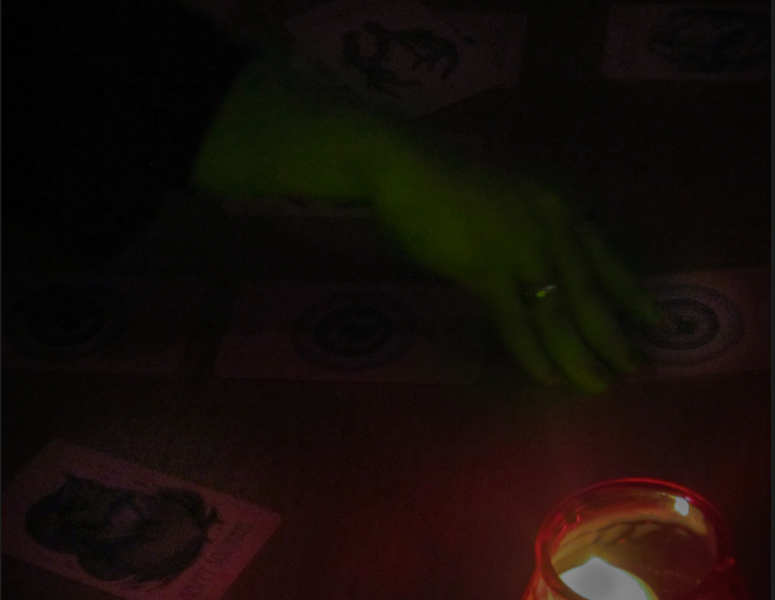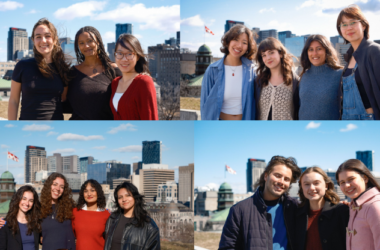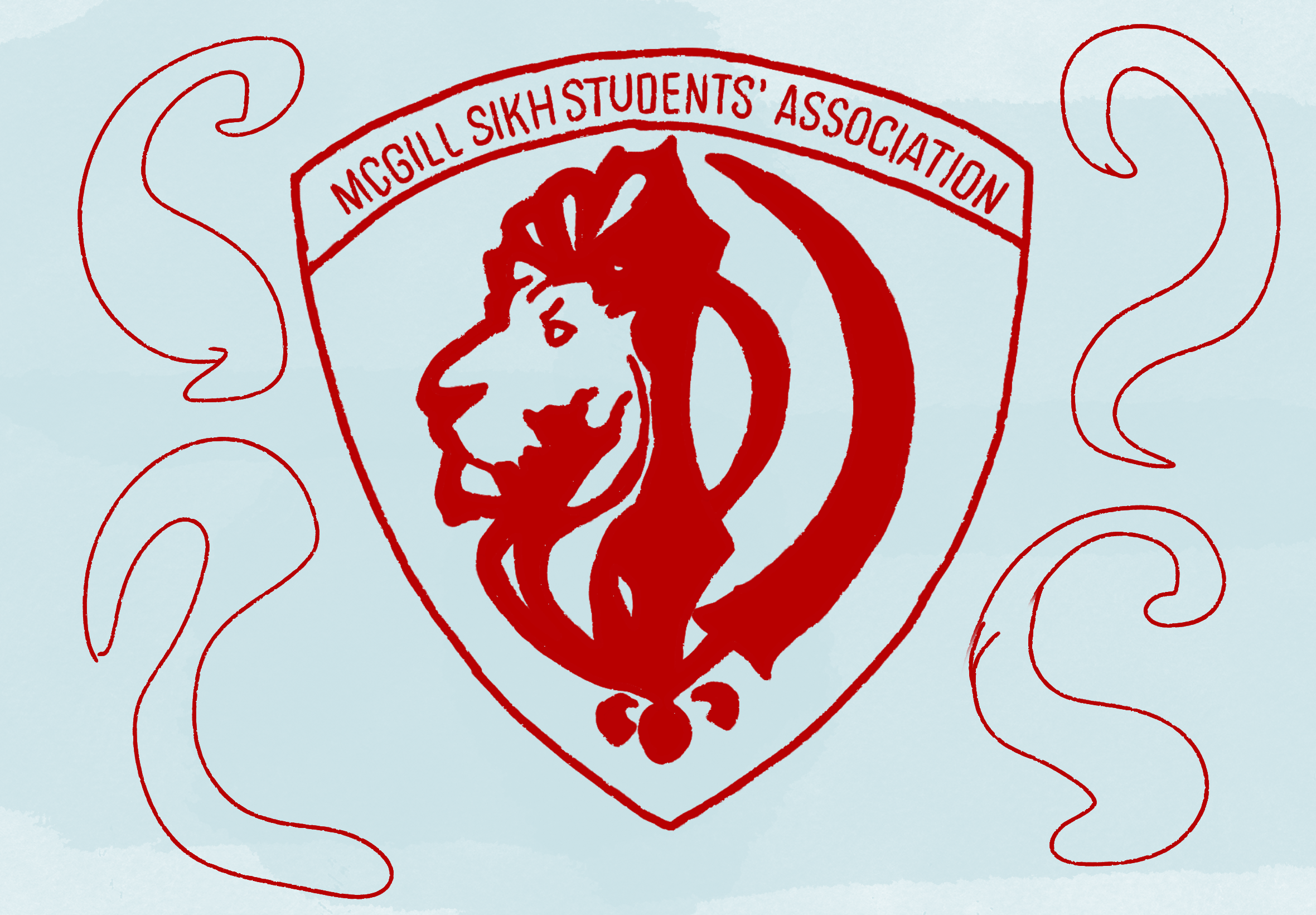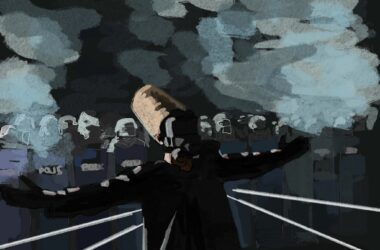The night of Oct. 22 took on a new kind of chill, when witches and queer folk alike gathered to attend “The Witching Hour” at Notre Dame Des Quilles, reading tarots, pasts, and futures.
Witchcraft may seem like ancient history, but even McGill has connections to it. McGill’s Gender, Sexuality, Feminist and Social Justice Student Association (GSFSSA) and Classics Students’ Association (CSA) collaborated to host “The Witching Hour” event with the intention of creating a safe space for both witches and queer folk. Taylor Douglas, U3 Arts and vice-president (VP) Events of the GSFSSA, explained the inspiration for the event in an interview with The McGill Tribune.
“I love the idea of reappropriating the scary witch women with independence as terrifying and beyond,” Douglas said. “Like, let’s throw this event where everyone is a witch and they’re scary and kind of queer.”
There are many connections between gender, sexuality, and witchcraft. Rebecca Toropov, U3 Arts and CSA’s VP Events, discussed at length how witchcraft, queerness, and other marginalized communities have, in the past and present, been socially and systemically “Othered”—something Toropov believes forges solidarity among them.
“After being considered the ‘Other,’ after being oppressed, there’s a lot of power [in] finding your people and coming to them in a safe space and utilizing that,” Toropov remarked. “I think that’s where magic is.”
The goal of the event was to create a safe place for witchy and queer communities to connect, and with attendees spending most of the night reading tarot cards and discussing fortunes, the event fulfilled its purpose.
For many in the witchcraft community, the pagan holiday of Samhain (pronounced sah-win) is a celebration that coincides with Halloween.
The ancient Celts believed that the barrier between the human world and the Otherworld thinned during Samhain, allowing for spirits, like deceased ancestors or supernatural beings, to walk among the living. Later, due to Samhain’s connection with pagan beliefs and practices, the holiday was vilified and associated with satanic practices, thus evolving into the Halloween we know today. Samhain is a time to honour past loved ones, but also a time of change in nature.
Lou Schraeder, a student studying environment living in Montreal, has been practicing witchcraft since childhood. Like many people, Schraeder was drawn to the practice because of its focus on the self and personal growth.
“That deeply intimate personal passion [is] something I haven’t been able to find in other aspects of our society,” Schraeder said. “I feel we have such a fast-paced, individualistic, and competitive and isolating culture. [With magic] you feel so vulnerable, but supported at the same time.”
With such ancient roots, it can be daunting to approach Samhain from a modern context. However, Schraeder made it abundantly clear that there is no definitive or uniform way to celebrate it.
“I am a definite fan of candles and salt on entryways, dried rosemary for protection and luck,” she said. “I always make sure that [rosemary] is on my body somewhere,” Schraeder said.
In addition, Schraeder carves jack-o-lanterns and watches classic seasonal movies. Her rituals for Samhain are simple, but they all relate back to ideas of self-connection and of celebrating cycles in nature.
For your own practice, associations with Samhain may include: Apples, gold, rosemary, crows, onyx, and honey. To honour the dead, you can also make soul cakes. Try leaving them out as offerings or add them to a meal to give thanks and remember those who have left us.
Each individual’s practice is different because everyone finds connections to the earth and to themselves in unique places. If you’re a new practitioner, do your research and follow what you connect with. Remember, you don’t have to play by the book; there is no set way to celebrate magic. So good luck and happy Samhain, little witches.










Yikes! Bubble, bubble, toil and trubble!
gg